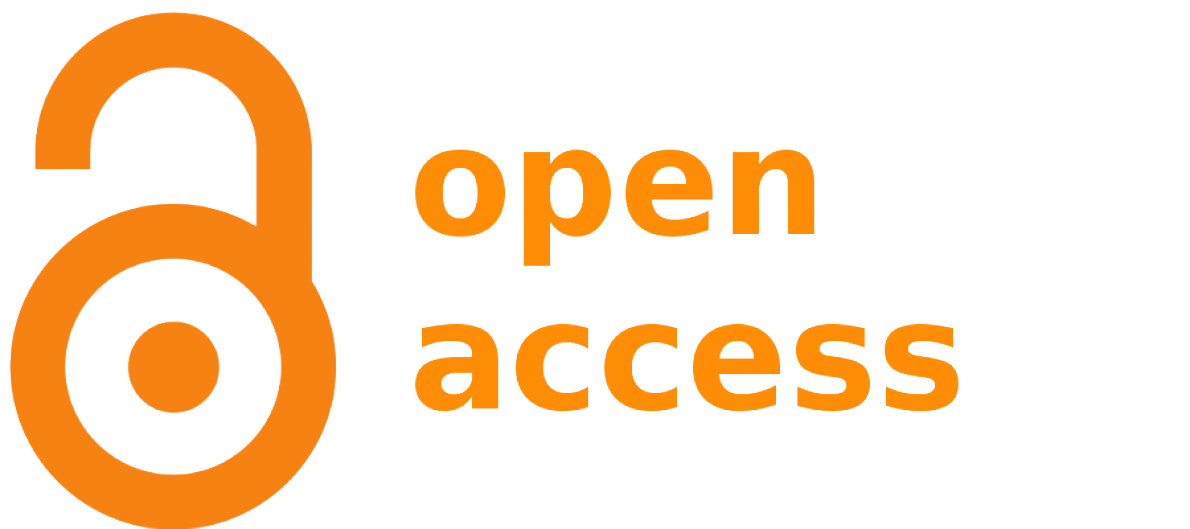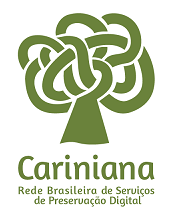“A senhora do Galvão” eliminated the woman: the feminine duplicity in Machado de Assis’ short-story
DOI:
https://doi.org/10.5433/1678-2054.2008v13p4Keywords:
Machado de Assis, Short-stories, Feminine charactersAbstract
The short-story “O espelho” (1882) presents the “sketch of a new theory of the human soul” that proposes a division between exterior and interior soul. Rearticulating this theory in the short-story “A senhora do Galvão” (1884), the Machado de Assis’ narrator explores the feminine duplicity of Maria Olímpia, divided between her social function and her human individuality. As well as the second lieutenant eliminated the man, this work intends to analyze the way the “senhora do Galvão” – social paper – subjugates the individual up to eliminate the woman Maria Olímpia.Downloads
References
ASSIS, J. M. M. de. Contos fluminenses. Rio de Janeiro: Civilização Brasileira; Brasília: INL, 1975 (Edições críticas de obras de Machado de Assis – v. 1).
ASSIS, J. M. M. de. Memórias póstumas de Brás Cubas; Dom Casmurro. São Paulo: Abril Cultural, 1978.
BOSI, A. Machado de Assis: o enigma do olhar. 2ª impressão. São Paulo: Ática, 2000.
GUÉRIOS, R. F. M. Dicionário Etimológico de Nomes e Sobrenomes. São Paulo: Ave Maria Ltda., 1981.
NUNES, B. O tempo na narrativa. 2. ed. São Paulo: Ática, 2000 (Série Fundamentos).
Downloads
Published
How to Cite
Issue
Section
License
Authors who publish in this journal agree to the following terms:
a) The authors retain the copyright and grant the journal the right of first publication, the work being simultaneously licensed under the Creative Commons Attribution-NonCommercial 4.0 International License, allowing the sharing of the work with acknowledgment of the authorship of the work and initial publication in this journal.
b) Authors are authorized to assume additional contracts separately, for non-exclusive distribution of the version of the work published in this journal (eg, publish in an institutional repository or as a book chapter), with acknowledgment of authorship and initial publication in this journal.
c) Authors are allowed and encouraged to publish and distribute their work online (e.g. in institutional repositories or on their personal page) after the editorial process, as this can generate productive changes as well as increase impact and citation of the published work (See The Effect of Open Access).
d) The authors of the approved works authorize the journal to, after publication, transfer their content for reproduction in content indexers, virtual libraries and the like.
e) The authors assume that the texts submitted for publication are of their original creation, taking full responsibility for their content in case of any objection by third parties.


















